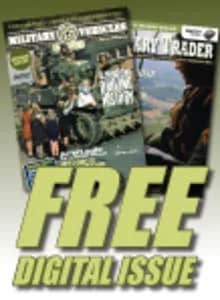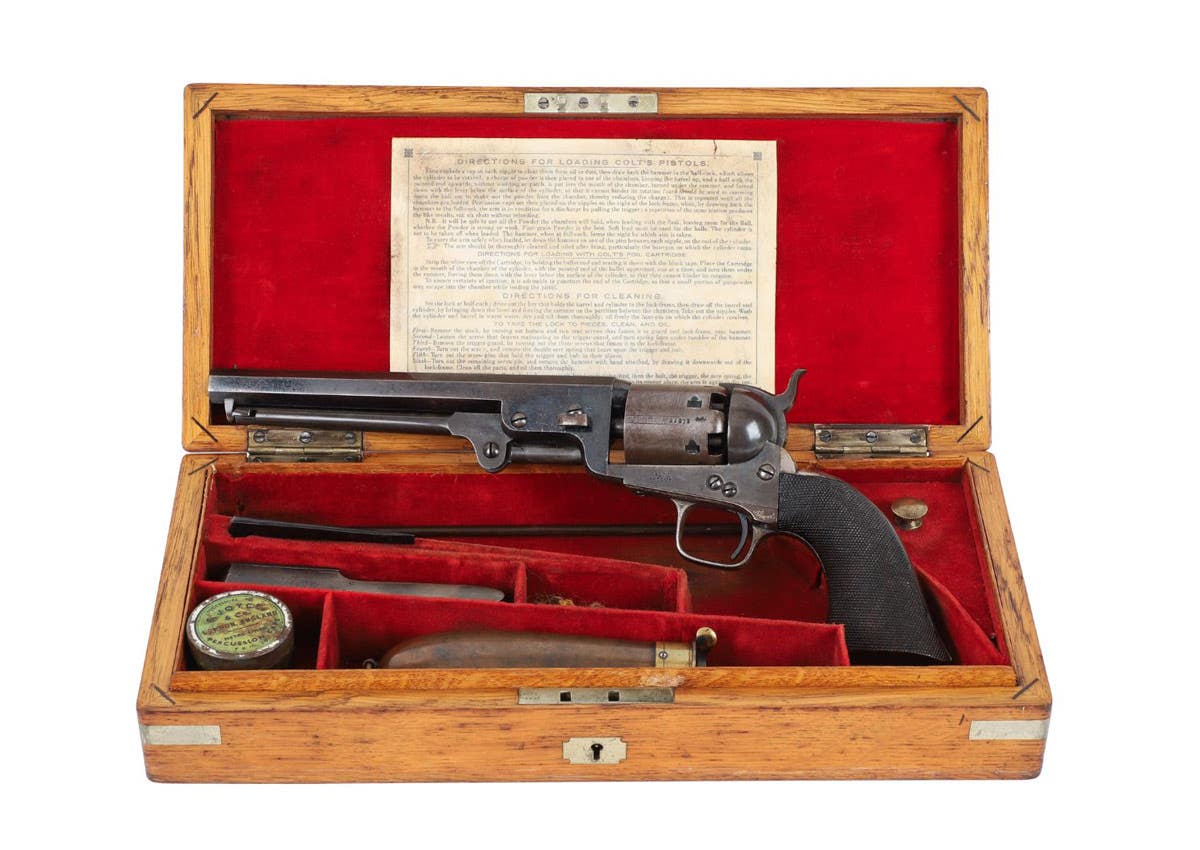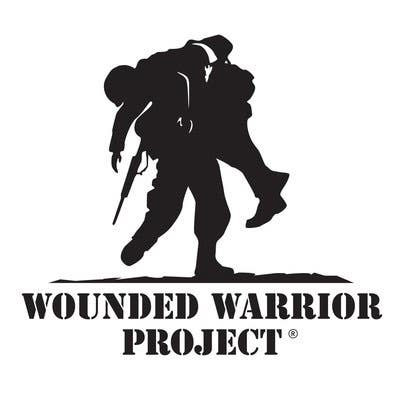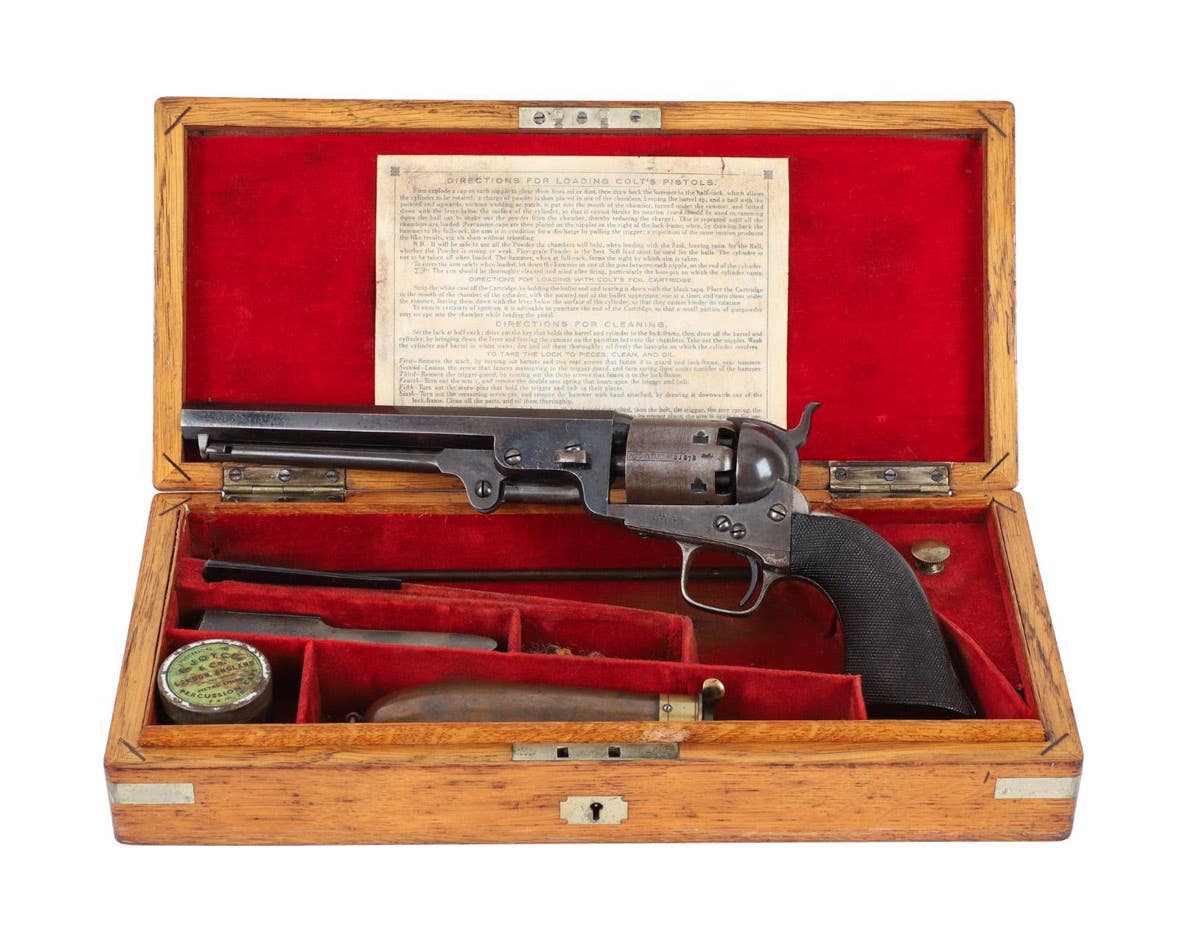Valor is Timeless
“Our line of battle stretched along the ridge overlooking the valley between it and the southern armies…The thunder of artillery was like a continuous roar…Among the first to receive a…
“Our line of battle stretched along the ridge overlooking the valley between it and the southern armies…The thunder of artillery was like a continuous roar…Among the first to receive a serious wound that fateful afternoon was Cushing himself. Both thighs were torn open by a fragment of shell—under which ill fortune, said General Webb in his report, “He fought for an hour and half, cool, brave, competent.”
First Lieutenant Alonzo Cushing, Battery A, 4th US Artillery, challenged the admiration of all who saw him in action at the Battle of Gettysburg in July 1863. In fact, his brigade commander, Colonel Hall, reported about Cushing on the final day of the battle, “Three of his limbers were blown up and changed with caisson limbers, under fire. Several wheels were shot off his guns and replaced, till at last, severely wounded himself, his officers all killed or wounded, and with but cannoneers enough to man a section, he pushed his gun to the fence in front an was killed while serving his last canister into the ranks of the advancing enemy.”
Others reported how he simply laughed when a bullet that hit him in the shoulder, calling to his division commander, “I’ll give them one more shot—Good-Bye!” As he served up that last round, another bullet struck him in the mouth, passing through the base of his brain. He fell forward, lifeless, into the arms of his orderly sergeant, Frederick Fuger.
A WISCONSIN NATIVE
Alonzo was the second youngest of five Cushing brothers. Born in 1841 in what is now the city of Delafield, Wisconsin, Cushing grew up in Fredonia, New York. In all, three of the brothers grew up and served the Union during the American Civil War. His younger brother, William, became a Union Navy officer. One of his older brothers, Howard, served in the 1st Illinois Artillery before taking a commission in his brother’s unit, the 4th Artillery in November 1863. After the war, Howard served in the 3rd U.S. Cavalry until he was killed in action fighting the Chiricahua of Arizona, in 1871.
Cushing entered the United States Military Academy in 1857 and graduated with the the class of June 1861, when he received commissions as second and first lieutenant on the same day. He was brevetted major following the Battle of Chancellorsville. The 22-year-old Cushing commanded Battery A, 4th U.S. Artillery at Gettysburg.
Battery A was at the key point called "the angle" in a stone wall facing the brunt of the charge by Confederate troops under Maj. Gen. George Pickett on July 3, 1863. Historians have called this spot the "high-water mark of the Confederacy." Commanding a section of guns only a hundred yards in front of the Confederates converged at the wall, Cushing fell from a third, fatal wound. Contemporaries described his actions before he was killed as nothing less than heroic.
His body was returned to his family and then interred in the West Point Cemetery in Section 26, Row A, Grave 7. His headstone bears, at the behest of his mother, the inscription "Faithful unto Death." Cushing was posthumously cited for gallantry with a brevet promotion to lieutenant colonel.
History did not forget Alonzo, however. In fact, more than four decades later, Morris Schaff would remind the American public of the young man’s gallantry when he wrote in the Atlantic Monthly, “On the field of Gettysburg more than once I stood where the brave Cushing gave up his life, right at the peak of Pickett’s daring charge. Oh that day and that hour! History will not let that smiling, splendid boy die in vain; her dew will glisten forever over his record as the early morning dew glistens in the fields. Fame loves the gentleman and the true-hearted, but her sweetheart is gallant youth.”
Medal of Honor
Federal law requires the Medal of Honor to be awarded within three years of the event unless Congress waives the requirement. Though the Civil War has generated more medals than any other American war, Cushing's case was complicated by the fact that so few of them — 29 out of 1,522 — were awarded posthumously.
In the 150 years since, debates have raged inside the War Department (now the Department of Defense) about the propriety of posthumous medals. Cushing was nominated for a belated award of the Medal of Honor, beginning with a letter campaign in the late 1980s by constituents of Senator William Proxmire of Wisconsin. The measure has been also been advocated by Congressman Ron Kind of Wisconsin's 3rd congressional district. In 2002, Senator Russ Feingold of Wisconsin nominated Cushing for the Medal of Honor, and, following a lengthy investigation, the U.S. Army approved the nomination in February 2010.
It was announced on May 20, 2010, that Cushing would receive the Medal of Honor, 147 years after his death. The provision granting Cushing the Medal of Honor was removed from a defense spending bill by Senator Jim Webb of Virginia in December of 2012, however.
Finally, in December of 2013, the Senate passed a defense bill that included a provision which granted Cushing the Medal of Honor. The nomination was sent for review by the Defense Department, before being approved by President Barack Obama.
Finally, on August 26, 2014, the White House announced Cushing would be posthumously awarded the Medal of Honor. In its announcement, the White House said Cushing "distinguished himself during combat operations against an armed enemy in the vicinity of Cemetery Ridge, Gettysburg, Pennsylvania, on July 3, 1863… "Refusing to evacuate to the rear despite his severe wounds, he directed the operation of his lone field piece continuing to fire in the face of the enemy." The White House said. "With the rebels within 100 yards of his position, Cushing was shot and killed during this heroic stand. His actions made it possible for the Union Army to successfully repulse the Confederate assault."
Yet to be resolved is who will receive Cushing's medal. The Army will accept the award on Cushing's behalf, since he had no direct descendants. The city of Delafield — a town of about 6,000 people 30 miles west of Milwaukee — would like to display the medal at City Hall, said David Krueger, who serves as the mayor's representative on the Cushing Medal of Honor Committee. A date has not been set for the actual award of the medal, though it is likely to occur at a Medal of Honor at a ceremony scheduled for Sept. 15 at the White House. At that ceremony, President Obama with decorate Command Sgt. Maj. Bennie Adkins, an Army Special Forces or his actions in Camp A Shau, Vietnam, over three days in 1966; and Spc. Donald P. Sloat, a machine gunner who distinguished himself during combat near Hawk Hill Fire Base, Vietnam, in 1970. Adkins will attend the ceremony. Sloat's award, like Cushing’s, will be posthumous.
Valor is, indeed, timeless.
Preserve the memory,
John Adams-Graf
Editor, Military Trader and Military Vehicles Magazine
JAG’S SHOUTOUT:
Be sure you check out all of the fascinating, historic material in Alexander Historical Auction’s online sale (www.historyauctioneer.com).
John Adams-Graf ("JAG" to most) is the editor of Military Trader and Military Vehicles Magazine. He has been a military collector for his entire life. The son of a WWII veteran, his writings carry many lessons from the Greatest Generation. JAG has authored several books, including multiple editions of Warman's WWII Collectibles, Civil War Collectibles, and the Standard Catalog of Civil War Firearms. He is a passionate shooter, wood-splitter, kayaker, and WWI AEF Tank Corps collector.







